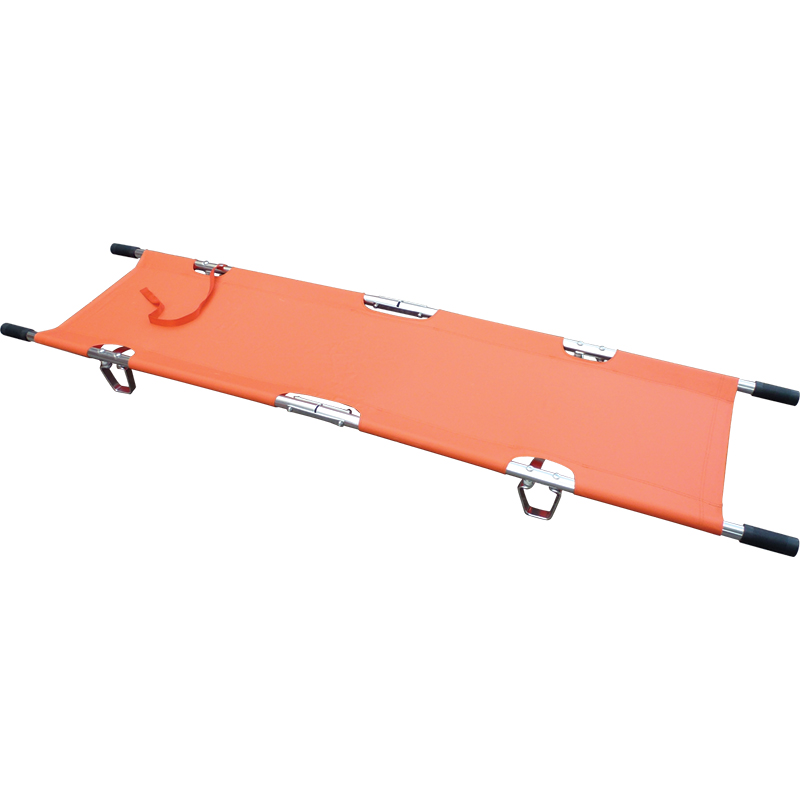Stretchers: Finding the Right One for You
Standard, split, tapered, folded, backboard, spine-board, head immobiliser… The list can go on (and on and on) when it comes to evacuation equipment. Whether you are evacuating from an underground cave or lifting someone from the remains of a collapsed building, the perfect stretcher helps move, support and immobilise a patient as much as possible.
Carrying a stretcher might seem easy; pick it up and go. In reality, training must be undertaken before a rescue is attempted, and the transferring of a patient should be done with the utmost care. If a break, fracture or more severe injury is even suspected, the patient should be immobilised as much as possible. This early treatment can have a huge impact on the recovery later on.
But getting a patient out - even getting them on the stretcher - isn’t the first job. What’s the point in dashing to the rescue if the stretcher you have taken won’t turn in the enclosed space? Why take a folded stretcher when a bariatric one is more suitable? The first job in any rescue is knowing what to take with you and being fully prepared for your environment.
Below is an indication of what sort of stretcher should be used and where:
Standard: All types of stretcher and backboard have a standard module. Ideal for when access to the evacuation zone is clear, standard stretchers offer support and comfort for the patient and rescuer.
Split: A split-stretcher is ideal when approaching the evacuation zone must be done on foot or when space is tight. The stretchers split in half for ease of storage and transportation, but then clip quickly and securely back together again for immediate use. A range of straps or backpacks are available for transporting the split-stretchers.
Tapered: A tapered stretcher is suitable for enclosed and tight spaces, such as an underground cave. Turning a corner doesn’t have to be so much of a squeeze with a tapered end.
Bariatric: Stretchers are limited with their load due to the weight the rescuers can carry. Some have a reinforced structure while others have a wider basket for the comfort of a larger patient.
Folded: A folded stretcher is exactly what it sounds like – a stretcher with the ability to fold. Sometimes in half, sometimes in quarters, the folded stretchers are ideal when storage space is short.
Non-Metallic: Stretchers are designed to run across the ground. Most are constructed with metal for durability, only this causes problems in environments when the metal could strike a flame. That is why non-metallic stretchers are available; adding an additional element of safety to stop sparks flying.
Backboards can be used in stretchers and head immobilisers can be used with both. Some stretchers are designed to have flotation devices attached while others are more appropriate to be air-lifted.
This is a guide only and individual products may be suitable for specific environments. Explore the range of Evacuation Stretchers here on Health and Care.
Ferno Titan Ti Split Basket Stretchers
Safety First Aid Lightweight Alloy Foldable Stretcher with Carry Bag




.jpg)
.jpg)